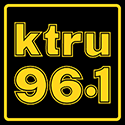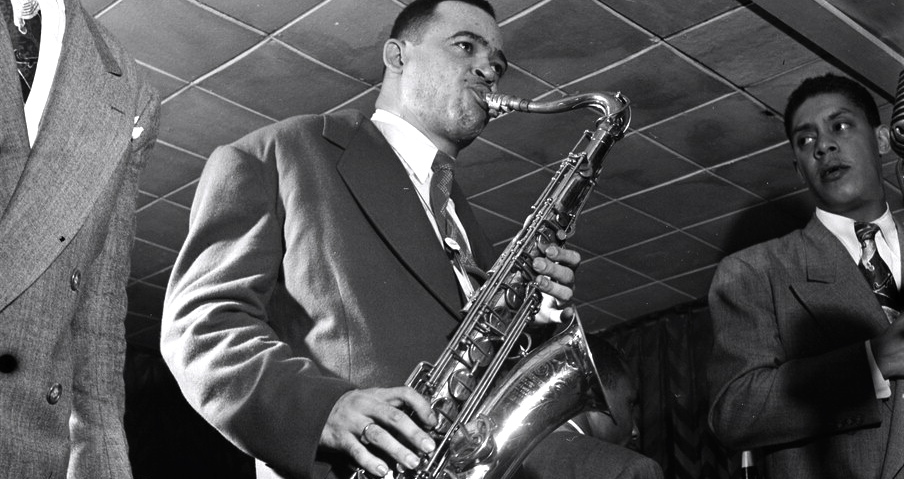(Arnett Cobb)
This week we’re doing a series of posts this week on Texas Tenors. What is a Texas Tenor?
There’s a brotherhood of tenor saxophone players from in and around the Lone Star State who, over time, have been grouped together for their similarity in sound – to a point – a style that over the years has become known plainly as the Texas Tenor.
“The Texas Tenor style” is defined by Ted Gioia in The History of Jazz as “a blues-drenched tenor sax style … characterized by honking’, shoutin’, riffin’, riding high on a single note or barking out a guttural howl.”
Cannonball Adderley once described the Texas sound as “a moan within the tone.”
This week we’ll be talking Texas Tenors and posting some tunes. Can you dig it?
(Lionel Hampton and Arnett Cobb, Aquarium, NYC, ca June 1946)
Next on our list is Houston's own Arnett Cobb - the Texas Tenorman known as the "Wild Man of the Tenor Sax" for his wild, raucous and stomping sound. You really can't talk Texas Tenors without talkin' the Houston legend.
"Born in Houston, Texas, he was taught to play piano by his grandmother, and he went on to study violin, before taking up tenor saxophone in the high school band. At the age of 15 he joined Louisiana bandleader Frank Davis's band, doing shows in Houston and throughout Louisiana during the summer. Cobb continued his musical career with the local bands of trumpeter Chester Boone, from 1934 to 1936, and Milt Larkin, from 1936 to 1942 (which included a period on the West Coast with Floyd Ray). Among his bandmates in the Larkin band were Illinois Jacquet, Eddie "Cleanhead" Vinson, Tom Archia, Cedric Haywood, and Wild Bill Davis. Having turned down an offer from Count Basie in 1939, Cobb replaced Jacquet in Lionel Hampton's band in 1942, staying with Hampton until 1947. Cobb's featured solo on Hampton's theme song "Flying Home No. 2" generated much excitement, his blasting style earning him the label "Wild Man of the Tenor Sax"."
"Cobb then started his own seven-piece band, but suffered a serious illness in 1950, which necessitated spinal surgery. Although he re-formed the band on his recovery, in 1956 its success was again interrupted, this time by a car crash. This had long-term effects on his health, involving periods in hospital, and making him permanently reliant on crutches. Nevertheless, Cobb worked as a soloist through the 1970s and 1980s in the U.S. and abroad. As late as 1988 he played with Jimmy Heath and Joe Henderson in Europe. He died in his hometown, at the age of 70 in 1989."
https://www.youtube.com/watch?v=olnIz9IyUy4
PEEP SOME OF THE WILD MAN'S REKKIDS






